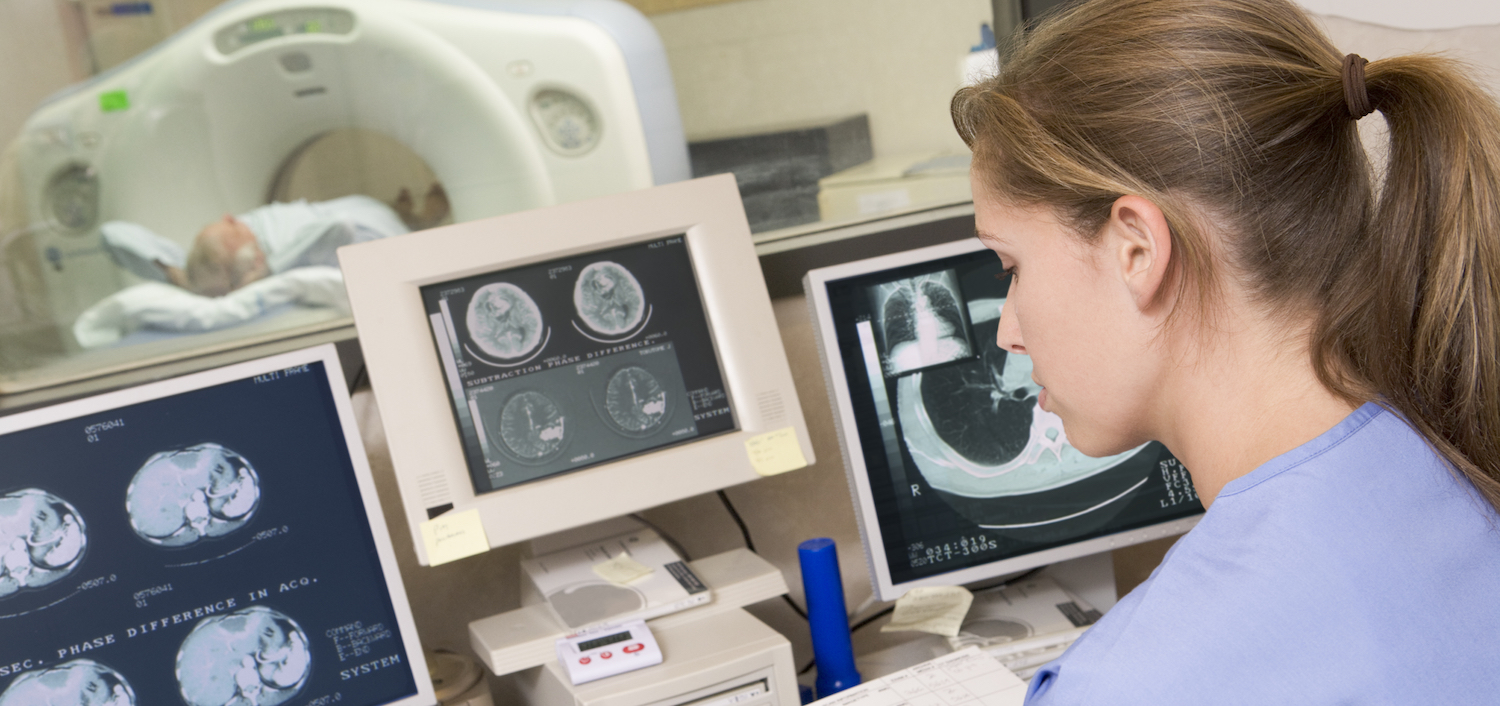- Services
- Patients & Visitors
- For Healthcare Providers
- Research
- Contact
- Pay My Bill
- Careers
- Donate
- My Health Record
- +1 (401) 227-3669

Computed tomography (CT), or CAT scan, uses special x-ray equipment to take images from different angles around the body. The computer then processes the images to show a cross-section view of body tissues and organs. CT scan imaging is very helpful because it can show several types of tissue – bone, soft tissue, lung and blood vessels – very clearly.
Department of Diagnostic Imaging
101 Dudley Street
Providence, RI 02905
P: (401) 274-1122, ext. 41248
Copyright © 2023 Care New England Health System